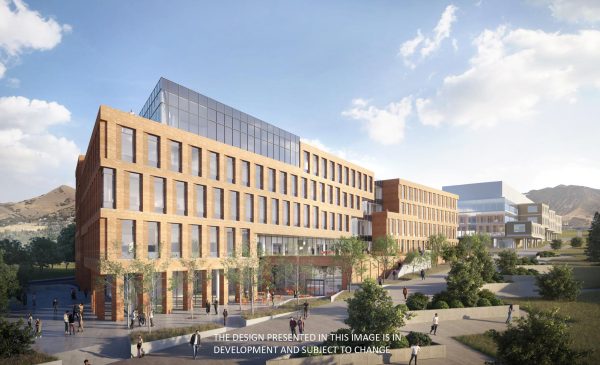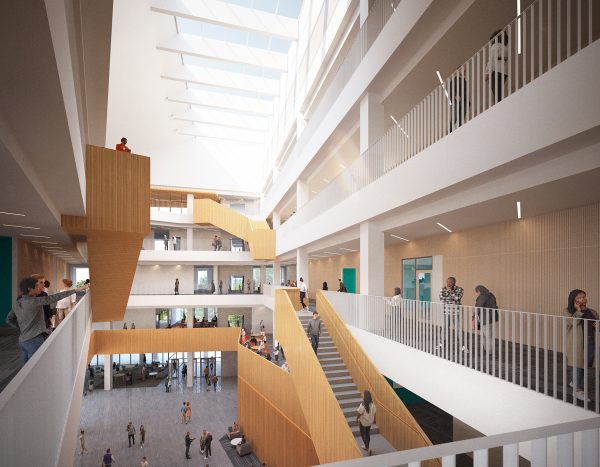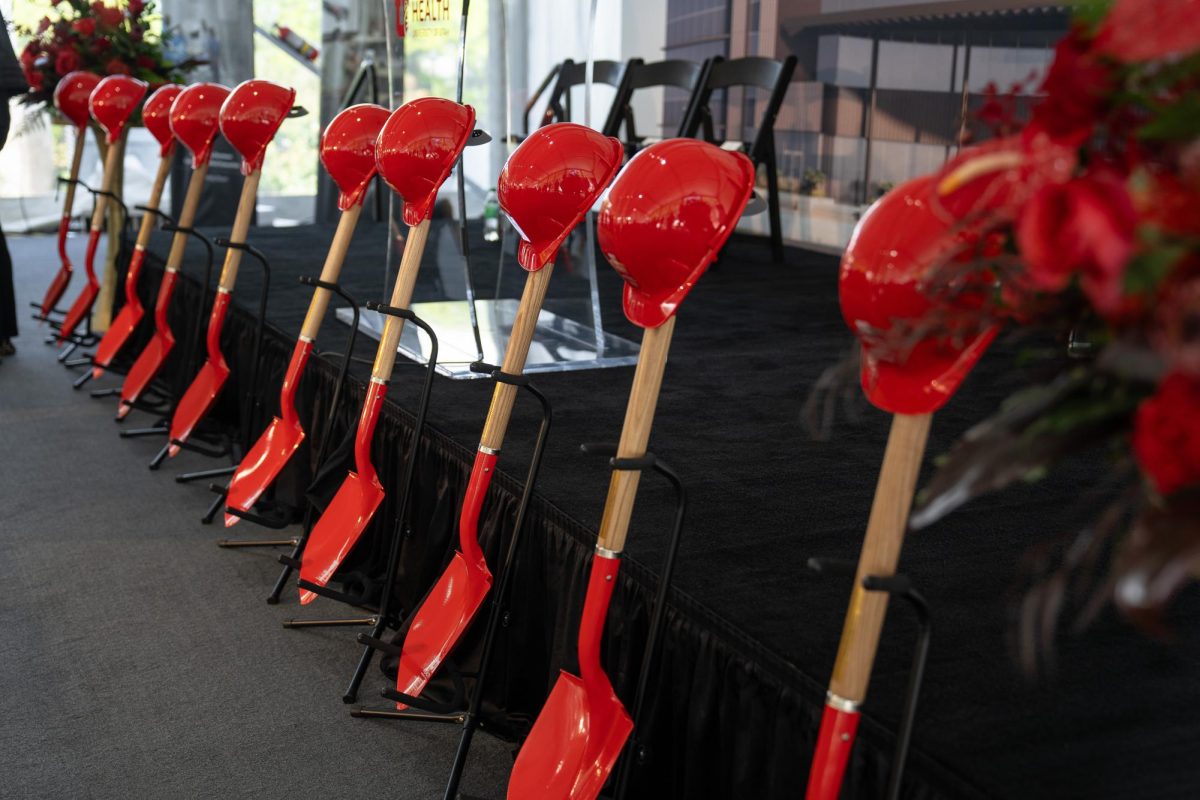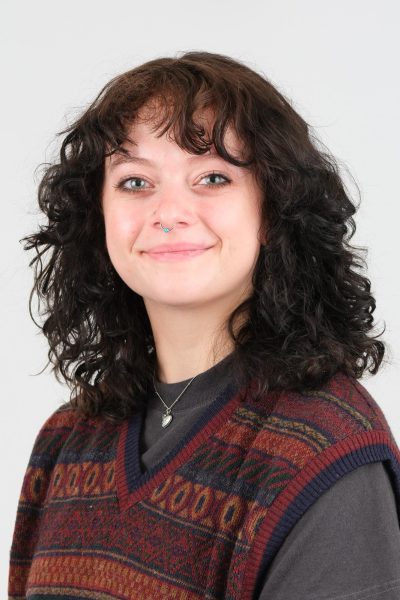The University of Utah will have two new buildings on campus by spring 2026. One will house the Center for Medical Innovation, which moved off-campus in October 2023. The second will be home to the Kahlert School of Computing, which is intended to accommodate the growing student body in the School of Engineering. Both projects broke ground this May.
James LeVoy Sorenson Center for Medical Innovation
The Center for Medical Innovation, or CMI, is a program aimed at advancing medical technology. It offers prototyping, engineering, property law and marketing services to facilitate the development and implementation of new medical devices.

“The Center for Medical Innovation is a unique department here at the University of Utah,” said Adam Ruechel, program manager for the CMI. “[It] is designed to be a very agile and responsive group to bring new medical technologies from concept to use in the hospital, in the OR, into the market as quickly and as successfully as possible.”
Their Bench to Bedside competition has given rise to several medical advancements, including the telemedicine service Doxy.me, a group called Light Line Medical, which uses light to sterilize catheters and Rebel Medicine, a non-opioid pain medication.
On May 24, the U broke ground on the new CMI building named after James LeVoy Sorenson. Sorenson had over 50 patents and invented medical technologies like the sterile disposable face mask and the first real-time computerized heart monitoring system. The Sorenson Legacy Foundation kickstarted the fundraising campaign for the new $50 million building with a donation of $22 million.
“James Sorenson was a prolific entrepreneur, prolific inventor, and he made a tremendous amount of money in real estate,” Ruechel said. “But what his true passion was … medical innovation.”

The building, located at 27 South Mario Capecchi Drive, is aptly placed to link the U’s Health campus to main campus. The building’s placement will help facilitate CMI’s partnerships with the School of Engineering, School of Business, School of Law and Medical School.
“It’s all about having all of these resources in one spot for all of these things to come together,” Ruechel explained. “It’s very much intended to be a meeting place for people to come in and collaborate.”
The 60,000 square foot building will include assembly and prototyping labs, incubator spaces for start-up companies and a first-of-its-kind discovery suite.
“It’s going to be essentially a modular simulated environment in both the hospital OR setting but also exam rooms, the dentist’s office, at home healthcare, and a number of these other like very specific environments that we find in healthcare,” Ruechel said. “What it will do is allow engineers, allow industry, clinicians and physicians to come to our facility and use these spaces, not for educational training, but for discovery training.”
So, when a new medical device is being tested, engineers and doctors can try out the device in as close to a real-world scenario as possible. The suite will be 20,000 square feet, taking up the entire top floor of the building.
John and Marcia Price Computing and Engineering Building
The School of Engineering is adding a new 253,000-square-foot building to its program. The John and Marcia Price Computing and Engineering Building broke ground on May 16 and is set to open in spring 2026

“[The School of Engineering has] grown a lot during the last 20 years,” Dean Richard Brown of the School of Engineering said. “When I came here, we were graduating about 400 students a year, and this year, it’s about 1400 students.”
As the U’s engineering program has grown, so has the tech space in Utah.
“In 2020, Utah had about 1,500 high-tech companies, and now has about 10,000 high-tech companies, and a lot of that growth has been the result of the fact that we are producing more engineers and computer scientists,” Brown explained.
In the wake of this growth, the legislature provided $108 million for the construction of the new $187 million building.
“That’s the most money they’ve ever given to an academic building,” Brown said, “and the reason they did it is because they need a workforce for these companies that are in Utah.”
The John and Marcia Price Family Foundation supplemented the building with a $15 million leading donation and the Kahlert Foundation added another $15 million.
The six-story structure will include 70,000 square feet of research space, 12 classrooms and a 400-seat auditorium to accommodate large lectures like those for Programming for All courses.

“We have had no place in engineering where we could teach those. They’ve been taught in performance halls, which are far from ideal,” Brown explained. “Even then, there were students sitting on the floor. It’s just not been too good.”
Other features include an event space, an atrium and spaces for industry partners that will “provide a more direct relationship with students and faculty,” according to the building’s webpage. These spaces will be rented out to companies so that university students can work and intern for these companies from a more convenient location.
“I think that’s going to be one of the most popular spots on campus,” Brown said.
The building, located on Central Campus Drive near the Warnock Engineering Building, does come at the cost of a 30-stall parking lot. Shawn Wood, university spokesperson, said the U does not have plans to install any new parking stalls on campus in the wake of this lot’s demolition.



